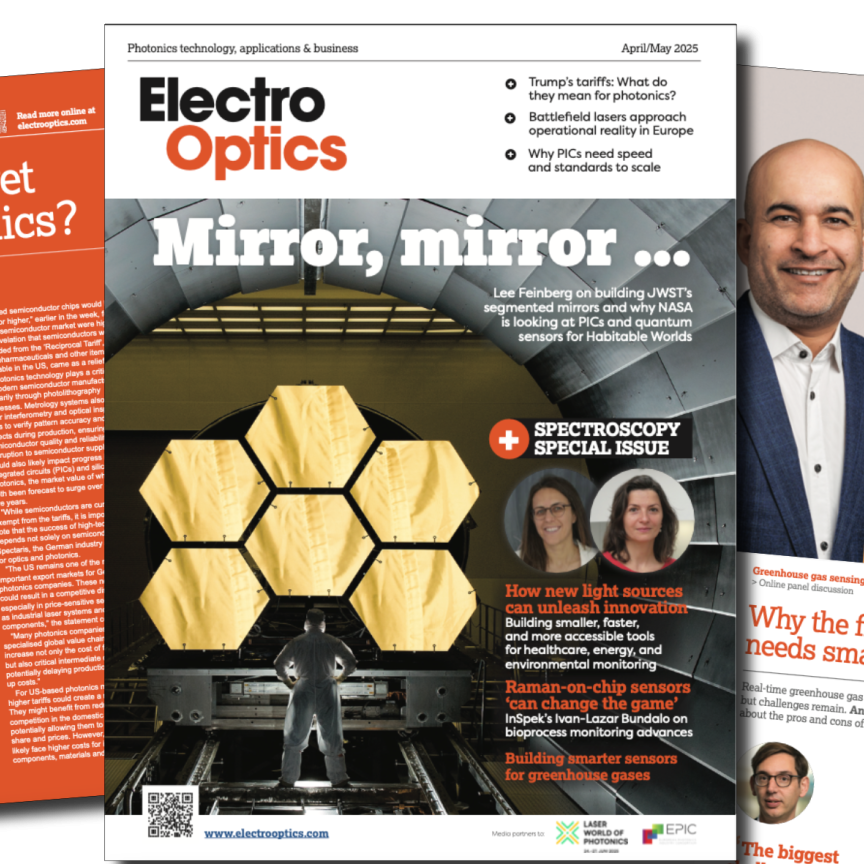Leti, a research institute of the French Alternative Energies and Atomic Energy Commission (CEA), has developed prototype opto-acoustic sensors that are more energy-efficient and cheaper than existing systems, offering a more accessible solution for monitoring toxic gas emissions.
The centimeter-sized sensors are based on mid-infrared photonic integrated circuits (MIR PICs). These silicon PICs, created by integrating optical circuits onto millimetre-size silicon chips, make extremely robust miniature systems, in which discrete components are replaced by on-chip equivalents. This makes them easier to use and reduces their cost dramatically, expected at least by a factor of 10.
Developed by the European Commission’s Redfinch project headed by CEA-Leti, the prototype photo-acoustic sensors were fabricated on a CMOS line in a miniaturised silicon photo-acoustic cell, which allows extreme integration.
In demonstrations, the sensors match the performance of bulky commercial gas-sensing systems commonly available today, which could make gas emission analysis systems cheaper and more accesible, helping to ensure factories and plants adhere to emission regulations.
The sensors aims to consume less than 10W in continuous operation. They can be operated in a slow pulse-burst mode for infrastructure monitoring and when leaks are detected, the pulse frequency of the sensor automatically increases. This keeps average power consumption very low so the sensors can be battery-operated for more than a year or powered by renewable sources such as a solar cell.
'The big picture is that the miniaturisation of photo-acoustic spectroscopy based on quantum cascade lasers (QCLs) is entering the stage of mass production,' said Jean-Guillaume Coutard, an instrumentation engineer at Leti, who coordinated the project.
To develop these chemical sensors, the Redfinch consortium overcame the challenge of implementing their capabilities in the important mid-infrared region, where many important chemical and biological species have strong absorption fingerprints.
'This allows both the detection and concentration measurement of a wide range of gases, liquids and biomolecules,' Coutard said. 'This is crucial for applications such as health monitoring and diagnosis, detection of biological compounds and monitoring of toxic gases.'
Mathieu Carras, CEO of mirSense, an EU-funded project that helped with the development. ''Our mission is to democratise QCL usage; mirSense is ready to produce these integrated QCL-based components and do a similar job on electronics and software to bring the value of this technology to the market.'
CEA Leti's research was presented at Photonics West in San Francisco in February, which won the Best Paper Award.


